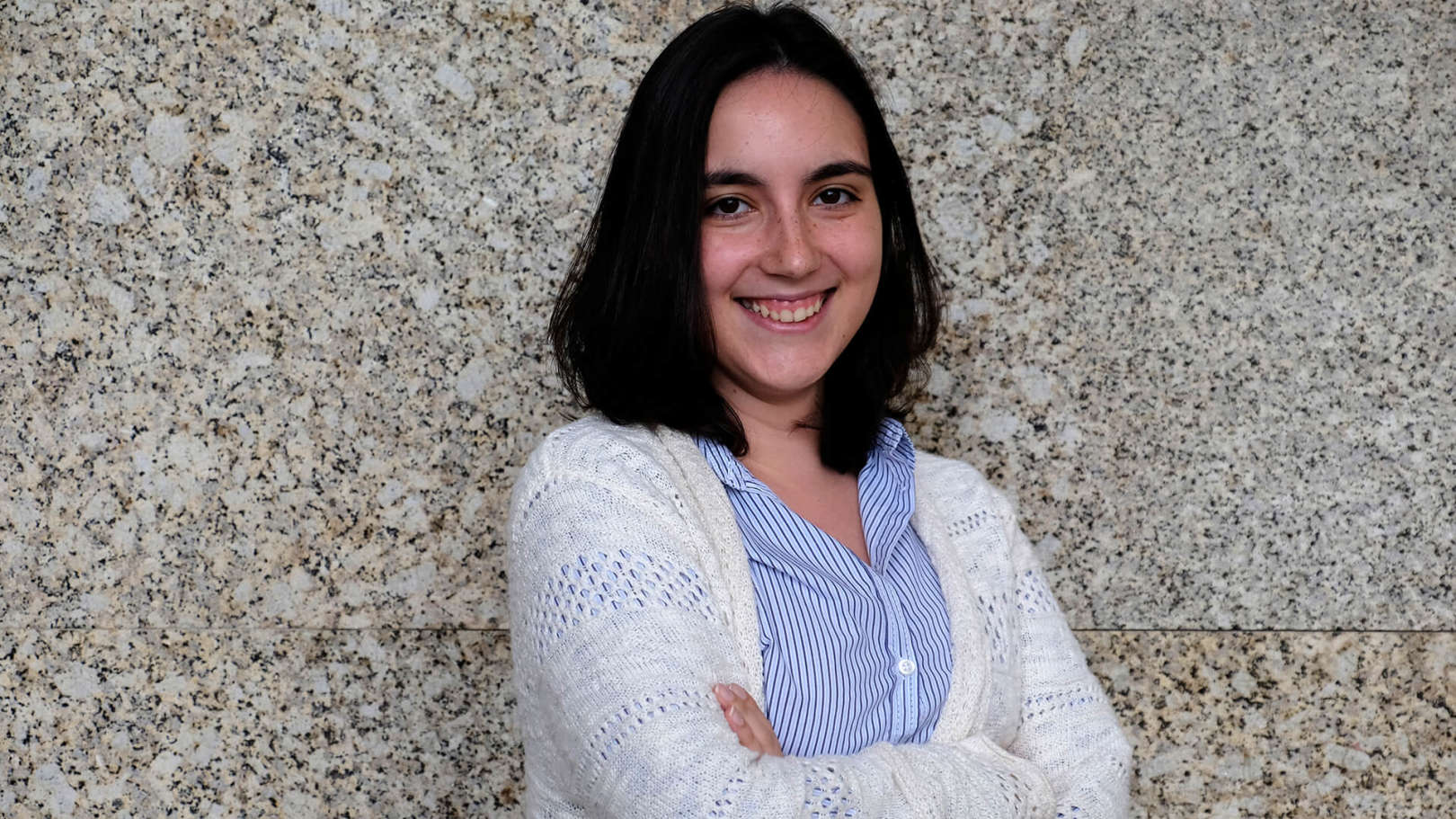Sobre
Sou investigadora na Universidade do Minho na área da computação quântica.
Conclui o Mestrado Integrado em Engenharia Física com o ramo de Física de Informação obtido na Universidade do Minho. Esta formação não só me deu conhecimentos na área da computação quântica e informação quântica na qual me dedico atualmente, mas também me garantiu bases fortes para trabalhar em engenharia de materiais, fotónica, nanotecnologias, etc.


